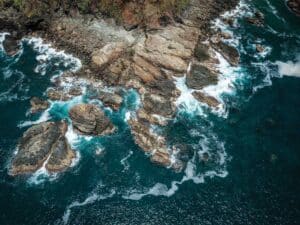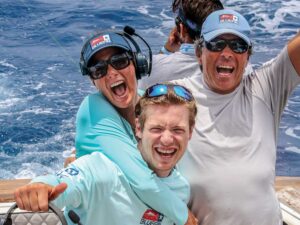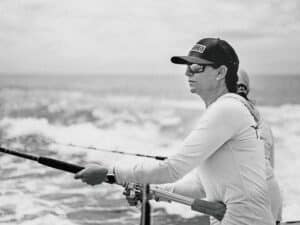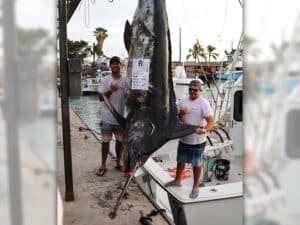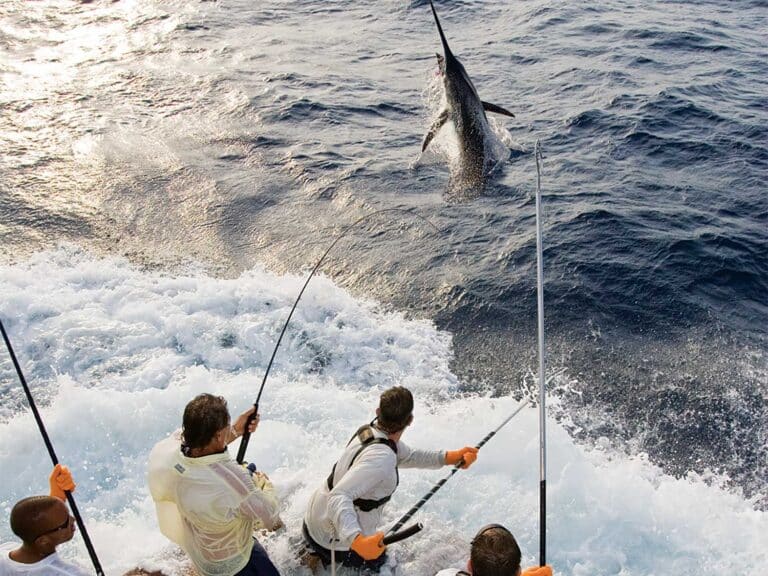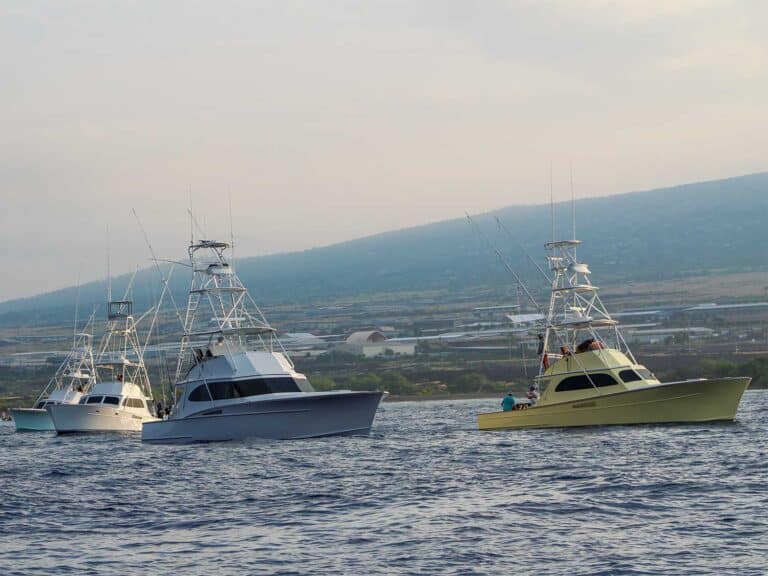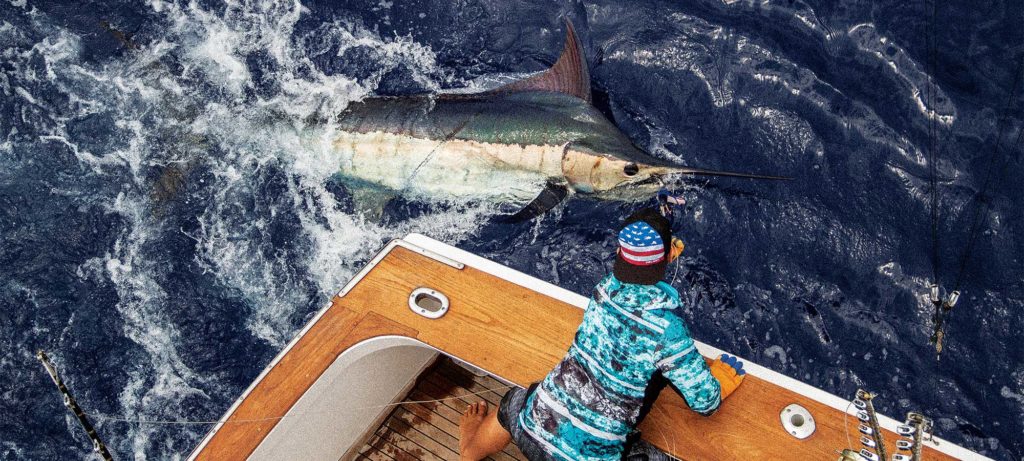
Kona. It’s a place, an adjective, an image and a brand. It’s also a way of life, based on a hell of a lot of living history. There are families here who trace their lineages back more than a thousand years, still living on the same island. Try finding that in Dade or Broward counties in Florida.
Hawaii in general and Kona specifically mean different things to different people, but if you bring up the topic of Hawaii on the mainland, those who haven’t personally experienced it often get the wrong idea. And if you mention Kona to marlin fishermen on the mainland, they might start out admiring all the giants which are caught here, but the odds are higher than Tom Brady’s pass completion rate that comments will get heated, possibly even disdainful—and almost always will be wrong.
And that’s fine. Many people who move here don’t understand Kona either. The Hawaiian word for a newcomer is malahini but most locals just call them implants. You can spot them a mile away, stammering at locals in frustration: “But … why?”
And it’s not even crazy stuff that sets them off—some of the banal aspects of local life spin the implants into a tizzy. Start with the breakfast menu at the local McDonald’s: Spam with scrambled eggs. Pancakes with rice. You get the picture. Hawaii is just different.
Regulating the marlin fishery in Hawaii is another example. The Billfish Conservation Act made it illegal to sell marlin and sailfish commercially in the continental United States, but Hawaii was given an exception for traditional fisheries. To mainland sensibilities, people wonder why Hawaii should be any different—prohibit all billfish sales and be done with it. Hold the phone. Not so fast.
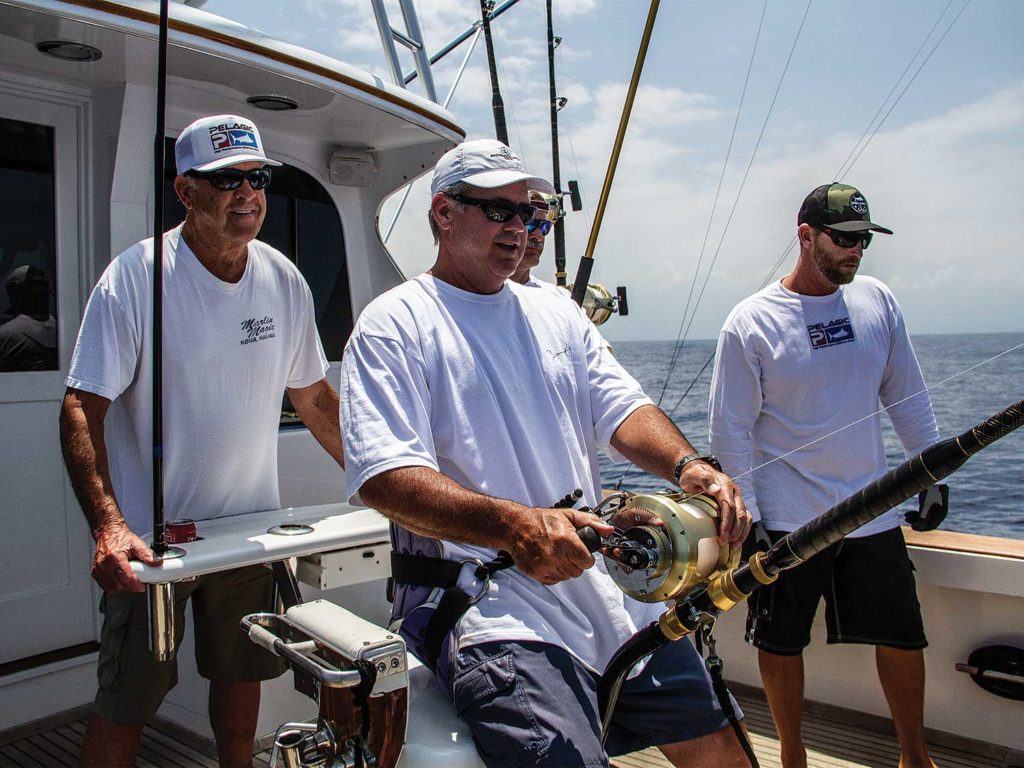
The Era of the Kona Killers
The exemption was put in to protect the little guys and their way of life. Understanding that traditional small-boat fishermen have traded pelagic fish for centuries, as well as the fact that their capacity to overharvest from a management sense is nil, and that the charter fleet is now almost entirely catch-and-release, the BCA’s Hawaiian exemption makes sense.
In the 1980s, conservation groups banned the sale of billfish in the Gulf of Mexico and the Atlantic, and the tag-and-release ethic morphed into a religion—if you weren’t a member of the church, you were a heathen. During this era, Hawaiian fishermen became known in some areas as the Kona Killers, while back in Hawaii they were just doing what had been done for centuries. Ironically, Kona crews were in big demand to fly in and fish big-money tournaments such as the Poco Bueno in Texas and the Bisbee’s Black and Blue in Mexico, primarily because they were very experienced at finding and, you guessed it, taking big marlin.
Fast forward to 2019. Aside from local folks taking billfish here and there to eat, most are tagged and released now. In fact, getting a local fish dealer in Kona to buy marlin can be tricky. A while back, the Food and Drug Administration began to require that fish be chilled to a certain core temperature before being sold. Most small boats don’t have the capacity to meet this requirement, so they either release their marlin or use it themselves. Although the same requirements apply to tuna, mahi, wahoo and bottomfish, these species can easily fit into standard fish boxes and meet the FDA requirement.
As the number of people able to meet the requirements decreased, so did the number of neighbor-island fish dealers who would buy them off the boats. Today, most wholesalers won’t come to the dock to pick up a marlin in Kona. A few local guys who smoke them will, but not always. Although local trade of marlin between individuals was not affected by the FDA rule, that volume was never very high, and those guys would not have conformed to a ban anyway. To a local, outsiders have been trying to change their way of life ever since Capt. James Cook showed up. It’s about protecting a culture, so many outside notions are simply ignored. The reality on the ground in Hawaii is that before the BCA, if a marlin was sold and exported by a small boat, it was only from Oahu and only after a whole lot of work. Regardless, those days are now gone.
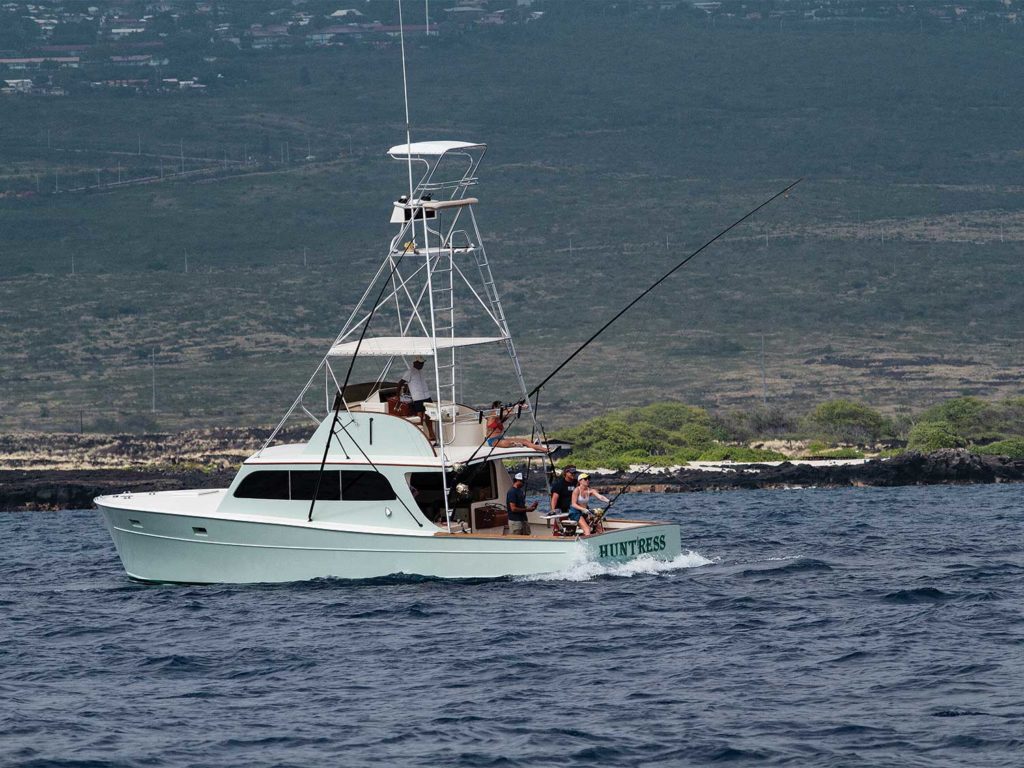
A Loophole in the Law
After former President Barack Obama signed the BCA into law, the Hawaii longline fleet exploited the language of the new decree by making the bold assertion in the Hawaiian press that the exemption was created because the Hawaiian longline fleet was harvesting billfish in a sustainable manner. Efforts to get the Honolulu news outlets to review the facts and print or air rebuttals were widely ignored. Effectively, the big-boat commercial industry hijacked a law designed to protect the little guys. This resulted in Hawaiian-caught marlin being exported to the mainland United States.
So while only the large-scale commercial longline fleet was profiting from this loophole, the all-release congregationalists were still seeing Hawaii marlin for sale in mainland seafood markets and restaurants, and the myth of the Kona Killers was perpetuated every time local fishermen posted pictures of their catch on social media.
Local fishermen in small boats can only transport so much fish per trip. Although marlin are not their preferred catch, if they do catch one, nothing is wasted. They will take what they want for food, trade what they can with others up and down the hill and probably smoke the rest.
Tournaments and Science
Teams in the Hawaii Marlin Tournament series tagged and released more than 96 percent of all marlin caught in 2018. And although some members of the congregation will always yell, “It should be 100 percent release, you heathens!” science does not back this up.
Billfish are neither bionic nor supernatural. They don’t live forever. Studies have shown that on any given day, natural mortality is about 15 percent of the population. Dr. Mike Musyl is a marine scientist who, in part, specializes in pop-up satellite tags. In a meta-study Musyl and his colleagues performed, they deduced that approximately 85 percent of blue marlin survive tag-and-release. That indicates a similar mortality rate in nature, so the net/net impact is zero.
Therefore, 100 percent tag-and-release is not necessarily better for the fish than the current 96 percent rate of the HMT series. The total number of marlin weighed in the HMT series last year was five. More than 300 marlin were tagged and released. The tournaments of the series combine tag points with weighed-fish points—should you be part of that very small club who actually weighs one—so hundreds of thousands of dollars are awarded to teams each year with only tag-and-release points on their scorecards.
Truthfully, the organizers of the HMT series would prefer 100 percent tag-and-release, but in Kona’s blue marlin fishery, it doesn’t seem to be possible. No one has figured out how to score a 95-pound rat against a 1,200-pound donkey when both marlin are released. So for now, the HMT series remains at a 400-pound minimum for blue marlin and a historically very high tag-and-release rate. Let’s bust the myth of the Kona Killers once and for all.
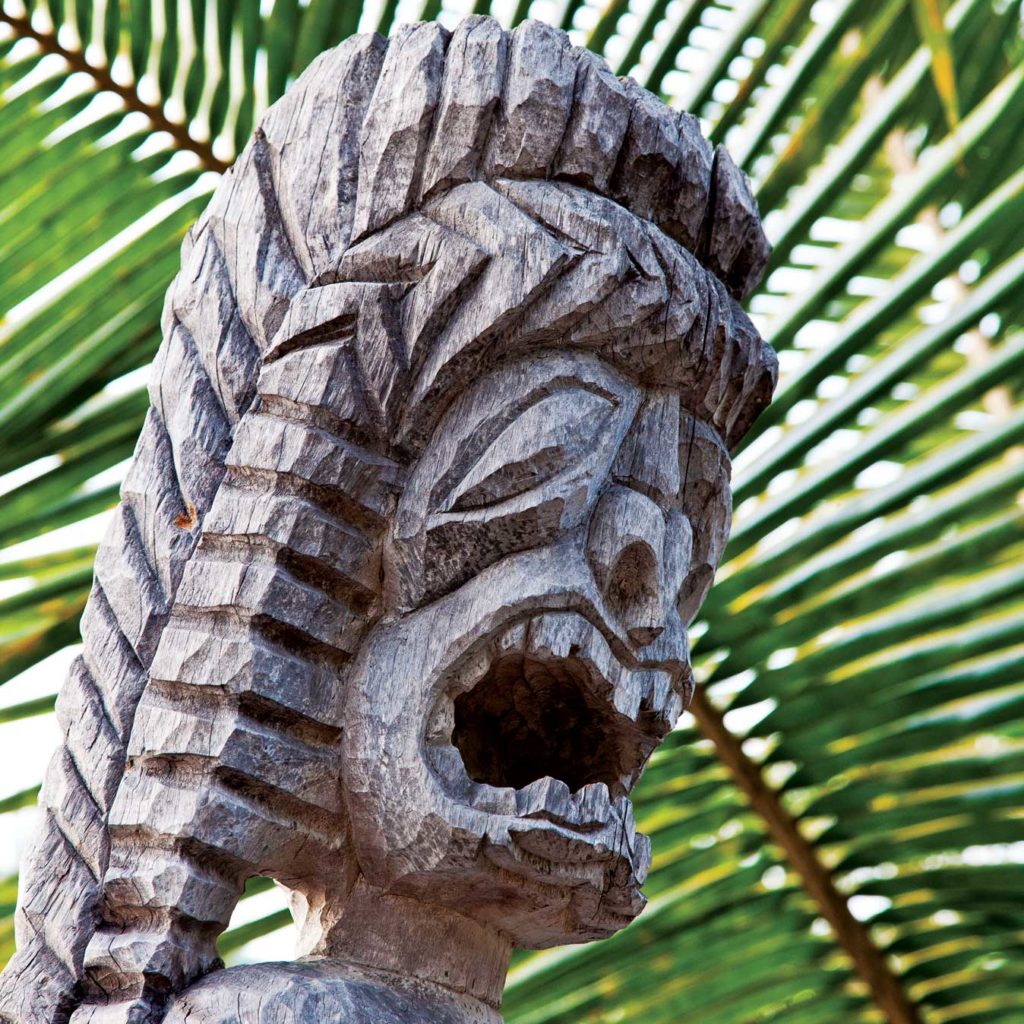
A Rich History
Kona is something that must be absorbed in order to be understood. There has not been a digital device invented that can transfer the complexity of the way fishing is woven throughout the fabric of life not only in Kona, but also across Polynesia.
The entire history of how we got to where we are is not always easy for mainlanders to understand. In 1778, when Cook arrived, Hawaiians had been settled in the islands for more than 1,200 years. They kept a population estimated at more than a million people alive through the insightful management of wild fish, extensive fish farms and agriculture. Today, if a storm keeps the freight barges from sailing, Costco goes empty and the implants panic. The same thing happens when a hurricane approaches. The implants buy up every bottle of water on the island while the Hawaiians laugh: “It’s going to rain for days. Put out a bucket!”
According to historical accounts, when Cook discovered Hawaii, fish masters were stationed up and down the coast. Their job was to ensure that if royalty wanted to eat fish, royalty ate fish. Two hundred forty years ago, Hawaiians could paddle out in canoes and catch a variety of species almost at will because they had very good incentives: If the king wanted fish and the king did not get fish, the fish master could become a marked man.
So, some Hawaiians became damn good fishermen. They learned how to fish certain stretches of coastline depending on what angle the current was running, and they learned how to feed koa, or pockets in the ledge, to entice opelu and even wild tuna to stay put and not wander off into the open ocean. Think about it: If keeping your head on your shoulders depended on you catching fish, you got pretty good at it.
Fish masters kept busy when the peevish royals were not around by providing fish for trade. The natural resources of the islands were managed by dividing them into pie-sliced shapes, with the pointy end at the top of the mountain and the wide side along the ocean. The people on the coast had fish and the folks who managed the hillsides had different crops, depending on the elevation. So the people on the beach traded with those up the hill and vice versa. This practice remains alive and well today.
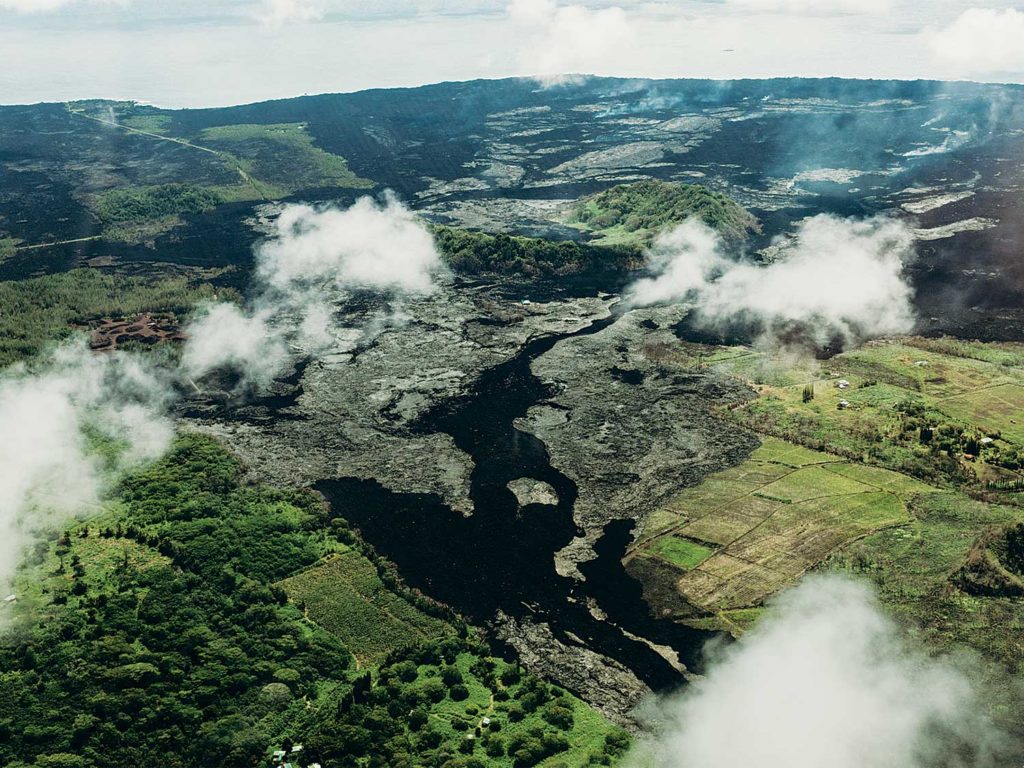
Closing the Loopholes
Although the BCA exemption was clearly written to protect the traditional fisheries, it took Congress two swings and misses to get it airtight. With a little digging, it became clear that only the boats big enough to ice and hold entire marlin—and had access to the auction block in Honolulu—were the ones exporting marlin to the U.S. mainland. The boats selling fish on Oahu were effectively sailing through the loophole in the law. Maui marlin stayed on Maui and Big Island marlin stayed on the Big Island, if they were brought in at all.
While the commercial fleet landing in Honolulu was monopolizing the catch, sale and politics of billfish, and telling the world that they were harvesting billfish sustainably, science again said no. The most recent stock assessment for striped marlin states that the stock is depleted, overfished and experiencing overfishing. In the years following the initial passing of the BCA up until the year when the amendment to the BCA was passed, stopping forever the export of billfish from Hawaii, the Honolulu landings of striped marlin actually went up. The stocks of Pacific blue marlin are in only slightly better shape. The most recent stock assessment shows the biomass hovering just below maximum sustainable yield.
Now that the BCA and the amendment are signed into law, the price paid to the boats for marlin in Honolulu has settled at about half of what it was previously. There is only so much that the local market can absorb, and some of the operators are looking at relocation. Marlin fishing across the islands has improved, starting in January of 2018. The bite held steady all summer and continues even in the dead of winter. It really is quite something.
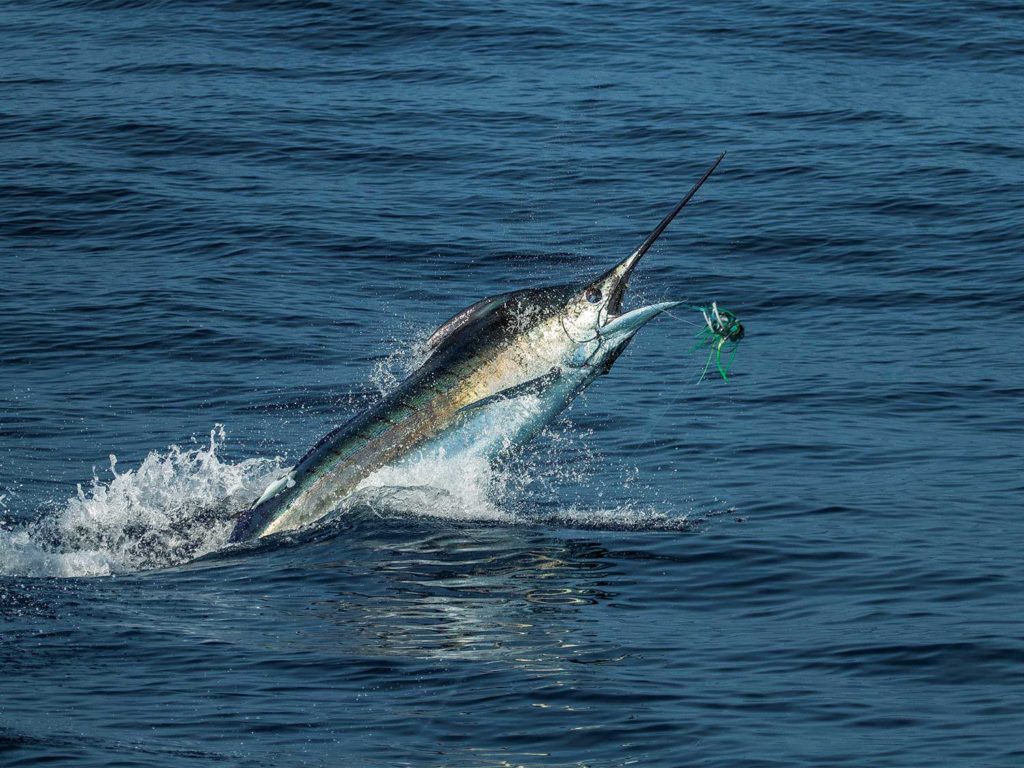
Sustainable Versus Optimal Yield
Maximum sustainable yield is the current biological standard used in pelagic fisheries management. However, MSY is purely a harvest reference point: how much can be harvested before the stock crashes, year after year. MSY does not consider any of the other stakeholders reliant on a healthy stock of marlin. MSY does not create better fishing for the little guys. This is just one reason why the small guys go around the managers and pursue legislation such as the BCA.
The National Standards require the scientific community to gauge stocks by optimal yield. However, some highly migratory species’ managers have said that it doesn’t make sense to develop optimal yield for internationally managed stocks because the United States lands only a small portion of the stock-wide catch. The thought is that if the nation adopted optimal yield, it would have a separate, more stringent standard that would not achieve the stated goals if employed unilaterally. However, it is entirely possible that the reverse is also true, that the international community can develop reference points more in line with optimal yield instead of maximum sustainable yield, and that the United States could take the lead in advocating for such a standard.
Theresa Labriola works with Wild Oceans, one of the organizations that led the effort to pass the BCA.
“We must pursue a goal for highly migratory species that is more precautionary than maximum sustainable yield that ensures their conservation within and beyond our territorial waters,” she says. “We can use MSY as a starting point. But it is our responsibility to then raise the standard measure for healthy populations, renewing opportunities for nearshore and recreational fisheries and protecting the health of the open ocean ecosystem.”
What is considered optimal by a culture in a developing country versus what folks in the United States feel can be very different, so a change won’t occur overnight. However, with clear goals and an understanding of international negotiating styles, changes can occur for the better of the fish, not just the fishermen.
